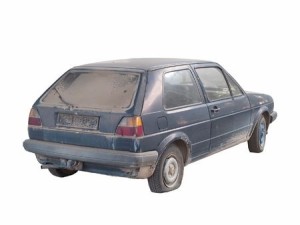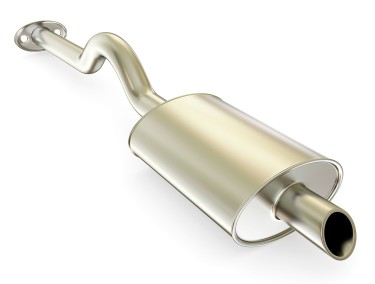Teens Less Likely to Drive Safe Cars
 A new report by researchers at the Insurance Institute for Highway Safety found that teens are more likely to drive older, smaller cars than adults, which puts them at greater risk for accident and injury.
A new report by researchers at the Insurance Institute for Highway Safety found that teens are more likely to drive older, smaller cars than adults, which puts them at greater risk for accident and injury.
According to the survey, teenagers are at a greater risk of injury during an accident than an adult counterpart who may be better protected in a newer vehicle. The IIHS said many older vehicles don’t have certain safety features like side airbags and electronic stability control. In all, the study found:
• 82 percent of teenage motorists involved in a fatal automobile accident were driving a car that was at least six years old. Only 77 percent of adults in similar accidents were driving vehicles that were at least six years old.
• 34 percent of teenage driving fatalities occurred in vehicles between six and 10 years old, 31 percent occurred in vehicles between 11 and 15 years old, and 17 percent took place in vehicles that had been on the road for at least 16 years.
• 57 percent of teens who died while driving a car that was less than three years old were driving a car classified as a “small car” or “minicar.”
Researchers say there are two main reasons for their findings. First, they suggest that teenagers who get a car soon after receiving their license are often given a family heirloom car that has been in the family for years and is often older than six years old. They also believe that teens who purchase a car are often working with a limited budget, meaning they’ll only be able to afford an older car with a lot of miles, or a newer small car that doesn’t offer the same crash protection as SUVs or larger cars.
Four Recommendations
In conjunction with their findings, the IIHS listed four recommendations for parents who want to help the new driver in their family find a safe and reliable vehicle.
Avoid Horsepower – Cars with extra horsepower can tempt teens into testing their speedometer.
Big and Heavy – Larger and heavier vehicles offer better protection during a crash.
Stability – Look for a vehicle equipped with electronic stability control, which helps a driver maintain control of the vehicle.
Safety Rating – Do some research on the vehicle’s safety rating before buying to ensure it meets your standards and expectations.
Related source: NY Times
-
Common Muffler and Exhaust Problems
 Aug 26, 2015
Aug 26, 2015Is there a deep or loud rumbling sound coming from underneath or the back of your vehicle? If so, you likely have an issue with your muffler or your exhaust system. If the byproducts of burning gasoline can’t escape the fuel system, you’re going to notice a dip in your miles per gallon, and bigger […]
-
Why Does my Car Pull to the Right or Left?May 21, 2013
Reasons your Car Pulls Ever get the feeling that your car is dragging or “pulling” to the left or right? This could be the result of several different factors, including: Vehicle alignment. Alignment keeps your tires parallel with one another and even with the ground. If the alignment is off, it can cause a car […]
-
What Causes Tires To Wear Out Faster?
 Jun 3, 2015
Jun 3, 2015Your tires are an essential part of your car. The problem is that most people don’t give their tires a second thought unless they get a flat. People believe as long as their tires are inflated, they are in proper working order, but that’s not necessarily true. If you don’t take care of your car’s […]




